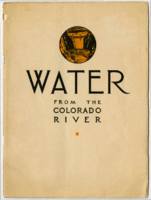Search the Special Collections and Archives Portal
Search Results
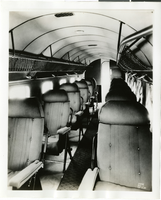
Photograph of the cross-section of a plane, circa 1937
Date
Archival Collection
Description
Image
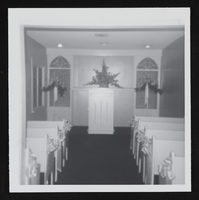
Wee Kirk O' Heather Wedding Chapel: photographic print
Date
Archival Collection
Description
Image
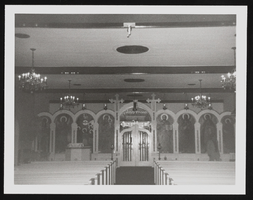
St John's Greek Orthodox Church: photographic print
Date
Archival Collection
Description
Image
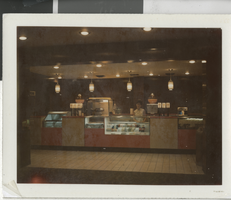
Photograph of the concessions stand in the Fremont Theatre in Las Vegas (Nev.),1950s-1960s
Date
Archival Collection
Description
Image
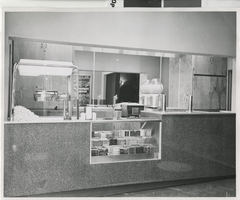
Photograph of the concessions stand of the Fremont Theatre, Las Vegas (Nev.), 1950s-1960s
Date
Archival Collection
Description
Image
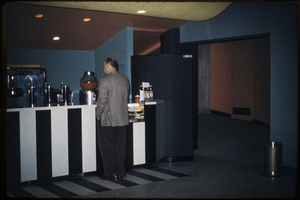
Slide of the concessions stand inside the Guild Theatre, Las Vegas (Nev.), late 1950s
Date
Archival Collection
Description
Image
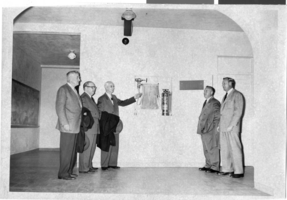
Photograph of Archie C. Grant and others, Las Vegas, 1950s-1960s
Date
Archival Collection
Description
Image
Basic Magnesium, Inc. (BMI) Records and Photographs
Identifier
Abstract
The Basic Magnesium Inc. (BMI) Records and Photographs (1933-1965) document the planning, construction, and management of the BMI magnesium manufacturing plants near present-day Henderson in Clark County, Nevada and a magnesium mining operation in Gabbs, Nye County, Nevada. Materials include chronological reports, press releases, telegrams, budgets, building diagrams, maps, and black-and-white photographic prints. The records document employee housing and infrastructure projects, magnesium production statistics, and employee data. The photographic prints, which include many aerial images, provide a visual record of the construction of the plant, the mining operation, and the associated support facilities and employee housing.
Archival Collection
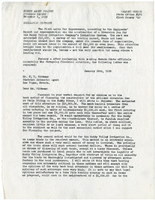
County agent project progress report, Irrigation district, November 1, 1929
Date
Archival Collection
Description
Progress report with copies of relevant correspondence regarding the creation of an irrigation district in the Moapa Valley. Project Number: State Office #172, Clark County #12
Text
